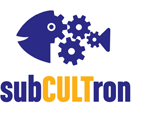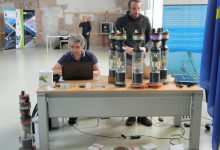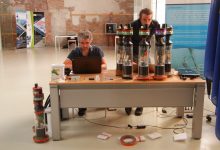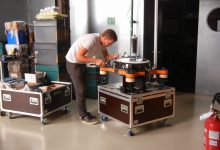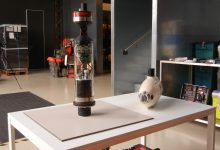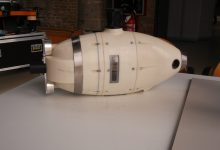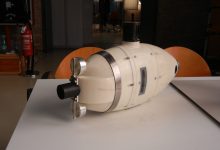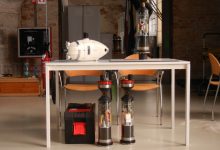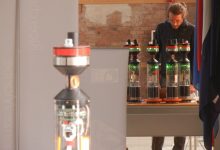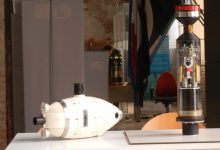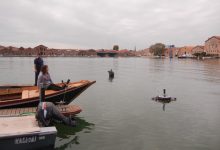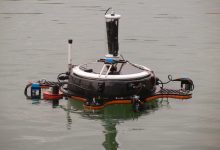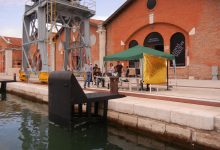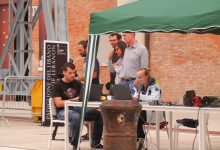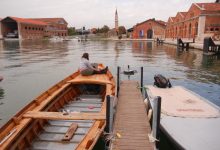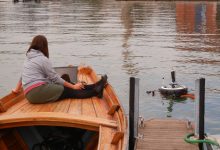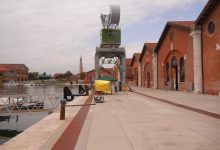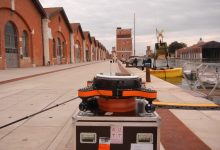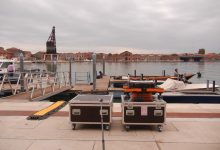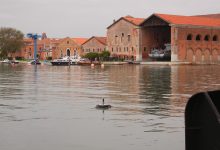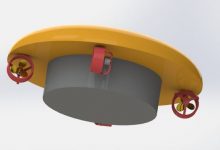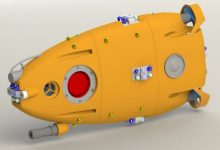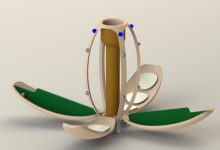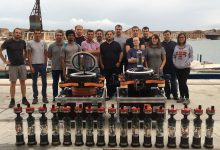Published on 21-03-2022
The aim of the EU-FET subCULTron project is to develop an autonomous underwater society consisting of 120 interconnected robots, the robots constitute an innovative application of individual and collective artificial intelligence that will lead each individual robot to act like a school of fish in nature. and therefore to move autonomously, able to perceive and acknowledge the changes in the environment in which they are immersed. The robots adapting to the environment will collect monitoring data from the underwater habitat for long periods of time. 3 types of robots of different inspiration have been designed to be used in different water levels and time scales. The use of the subCULTron robots complex allows for an innovative, long-term, intelligent and less invasive approach to monitoring the environment. At the bottom of the sea artificial mussels (e-mussels) are the long-term collective memory of the system, allowing data storage. Mussels collect habitat data, biological agents such as algae, bacterial encrustations and fish. Artificial mussels are a new class of underwater agents. On the surface of the water, artificial water lilies (e-pads) act as an interface with the operator on the ground who will collect the information. Robot fish (e-fish) move between the surface and the bottom of the sea and monitor and explore the marine environment by transporting data from mussels to water lilies. The swarm of robots thus developed finds application in an environment characterized by the complexity and variability of the underwater environment and the dynamics that can be observed there: the canals and the lagoon of Venice; Venice was chosen as an experimental area, because its underwater world offers an enormous biological and ecological variety strongly influenced by industry, inhabitants and tourism. A huge amount of data can be collected on the different marine habitats and subsequently analyzed by scientists in order to gain a better understanding of the habitats themselves. The project intends to push forward the limit of knowledge with new sensors (electrical and electrocommunication sensors), new bio-inspired algorithms (underwater hives) and collection of new energy in underwater scenarios. We intend to improve the world record for swarm-size in underwater robotics by almost an order of magnitude. UNIVERSITY OF GRAZ Coordinator SCUOLA SUPERIORE DI STUDI UNIVERSITARI E DI PERFEZIONAMENTO SANT’ANNA UNIVERSITE LIBRE DE BRUXELLES SVEUCILISTE U ZAGREBU FAKULTET ELEKTROTEHNIKE I RACUNARSTVA ASSOCIATION POUR LA RECHERCHE ET LE DEVELOPPEMENT DES METHODES ET PROCESSUS INDUSTRIELS – ARMINES CORILA-CONSORZIO PER IL COORDINAMENTO DELLE RICERCHE INERENTI AL SISTEMA LAGUNARE DI VENEZIA CYBERTRONICA UG (HAFTUNGSBESCHRANKT) GMBH SUBCULTRON Research Team. subCULTron – Horizon 2020-FET

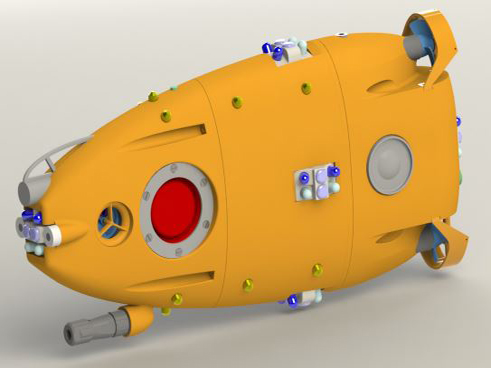
allow the emergence and adaptation of “being collective”
provide minimal communication between beings
establish “being long-term”
Survival through socialization
New principles of bionic perception
Increase awareness, acceptance and interactions of “smart environments”
Media



